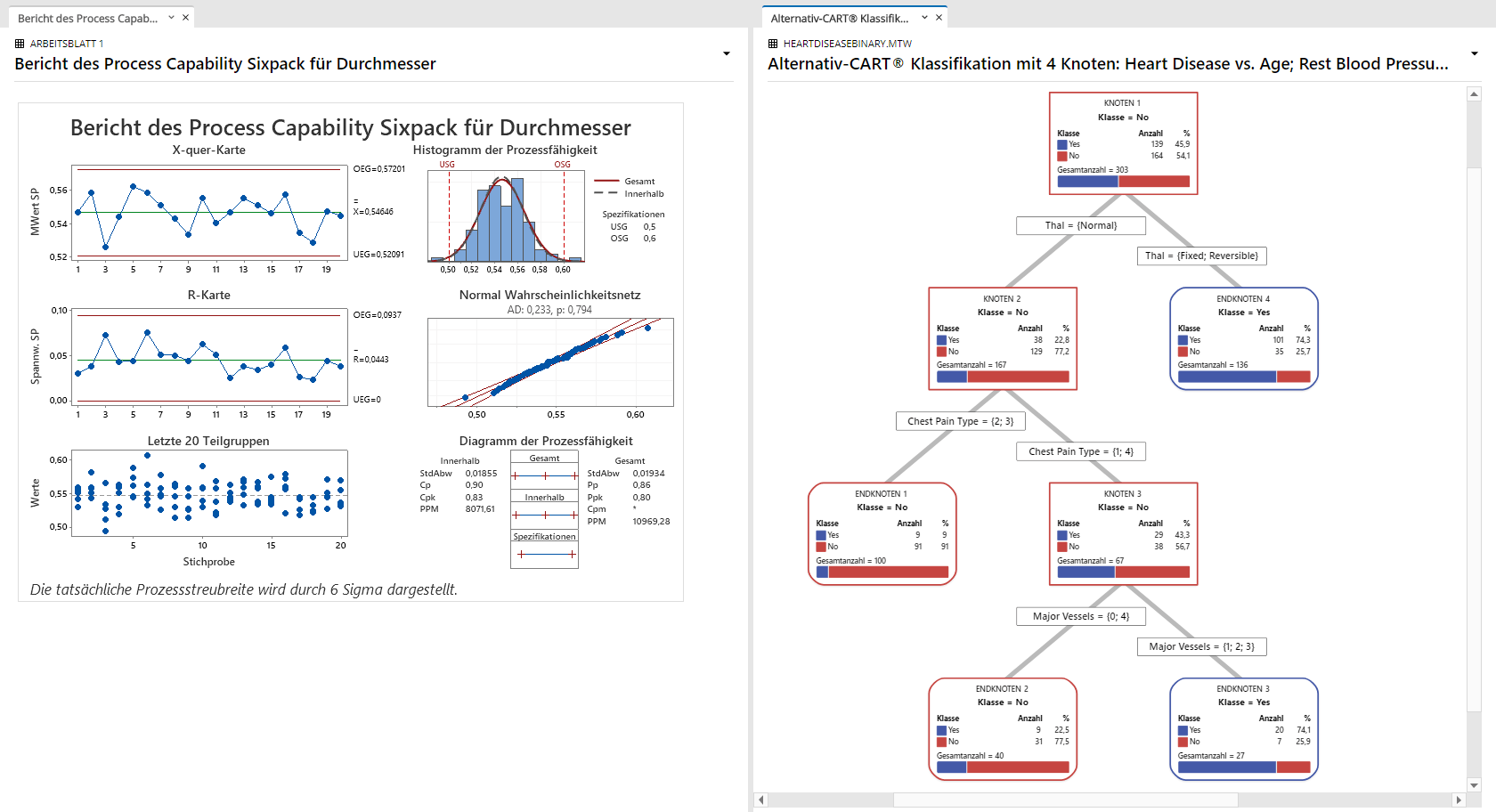

Choose Estimates for validation model, and enter COEF1.Choose Stat > Regression > Ordinal Logistic Regression or Stat > Regression > Nominal Logistic Regression.You must type a value in the response column for each additional row of data you enter, but the value of the response will not affect the results. In the worksheet, type the values for which you want to calculate event probabilities in the corresponding predictor columns directly below the existing data.In Categorical predictors (optional), enter the factors. The following steps are the same for both analyses. The default column names starts with EPROB, followed by a number. Minitab stores the event probabilities in the next available columns in the worksheet. Enter either individual values, or a column in which the values are stored, for each predictor in the model.Choose Stat > Regression > Binary Logistic Regression > Predict.In Categorical predictors, enter the factors. In Continuous predictors, enter the terms. Click Storage, and check Fits (event probabilities).Choose Stat > Regression > Binary Logistic Regression > Fit Binary Logistic Model.Calculate values that exist in the sample data.The event probability is the likelihood that the response for a specific factor or covariate pattern is 1 or an event (for example, the likelihood that a woman older than 50 will develop type-2 diabetes). You can enter binary response data in Minitab by indicating columns for the number of events and the number of trials. In binary logistic regression, a response variable has only two possible values, such as the presence or absence of a specific disease. Number of events ÷ Number of trials = 6 ÷ 10 = 0.6Ī cumulative event probability estimates the likelihood of a set of events occurring (for example, the probability of rolling 4 or less on a die, which is the summation of the probability of rolling a 1, 2, 3, and 4).

For example, if you flip 6 heads out of 10 coin tosses, the estimated probability of the event (flipping heads) is: If the trials are independent and equally likely, you can estimate the event probability by dividing the number of events by the total number of trials. For example, if you flip a coin 10 times and record the number of heads, you perform 10 trials of the experiment. The probability of an event ranges from 0 (impossible) to 1 (certain).Įach performance in an experiment is called a trial.

The event probability estimates the likelihood of an event occurring, such as drawing an ace from a deck of cards or manufacturing a non-conforming part. Event probability is also called predicted probability. This book covers introductory industrial statistics, exploring the most commonly used techniques alongside those that serve to give an overview of more complex issues. Event probability is the chance that a specific outcome or event occurs. Industrial Statistics with MINITAB demonstrates the use of MINITAB as a tool for performing statistical analysis in an industrial context.


 0 kommentar(er)
0 kommentar(er)
